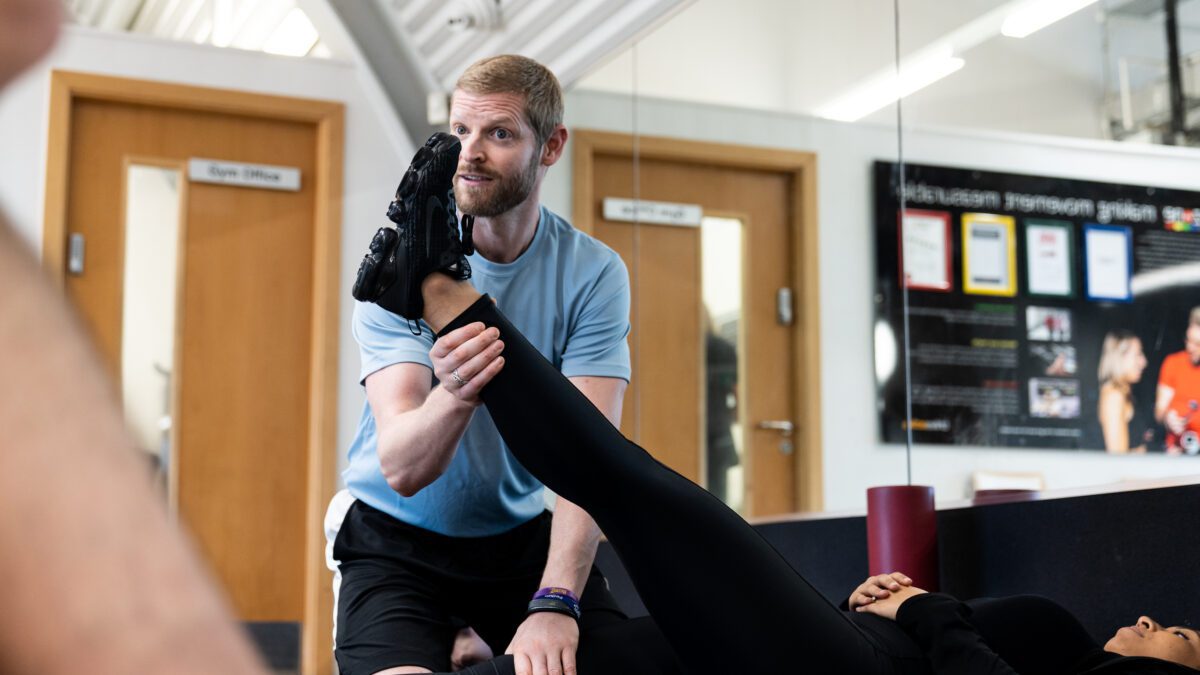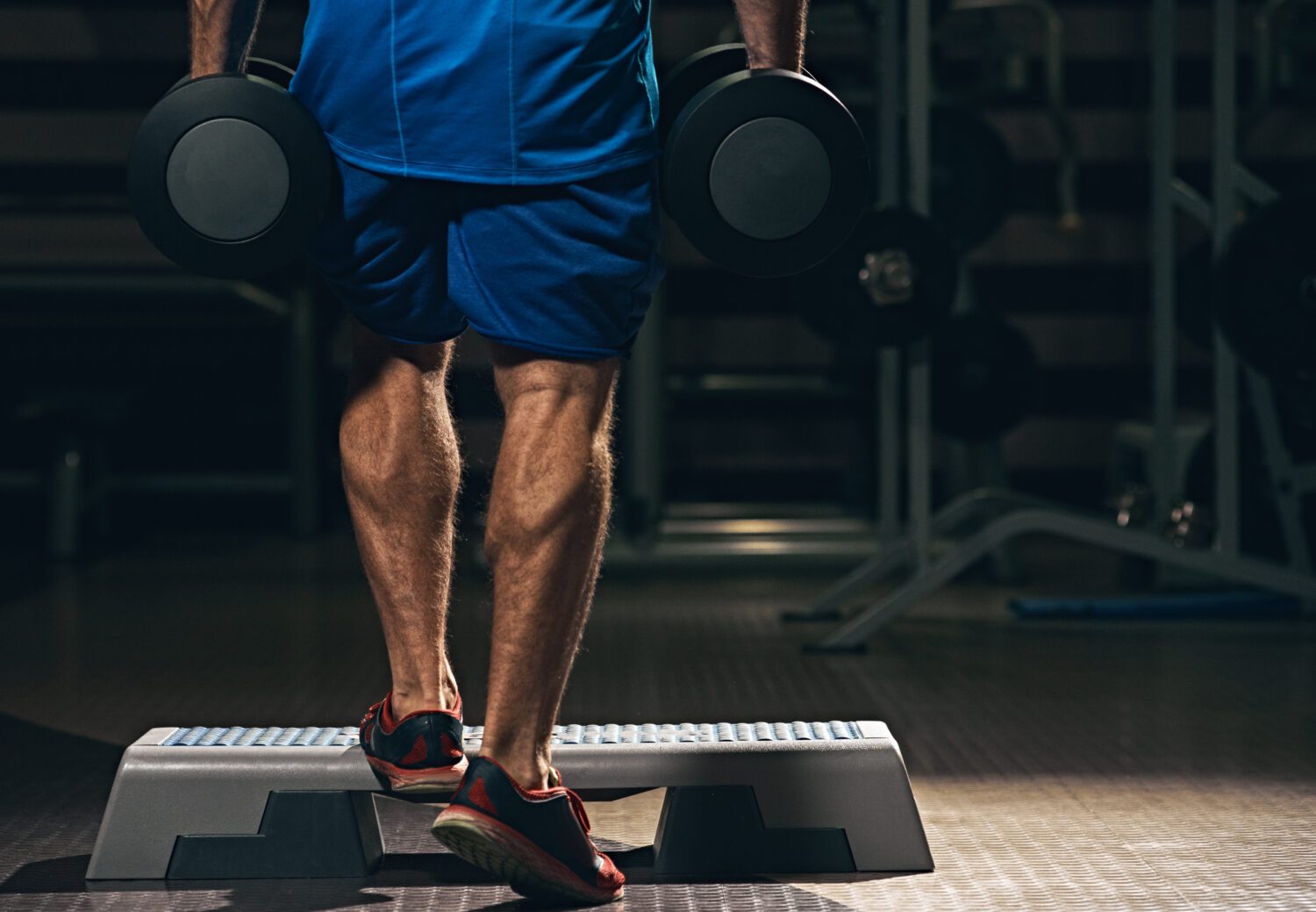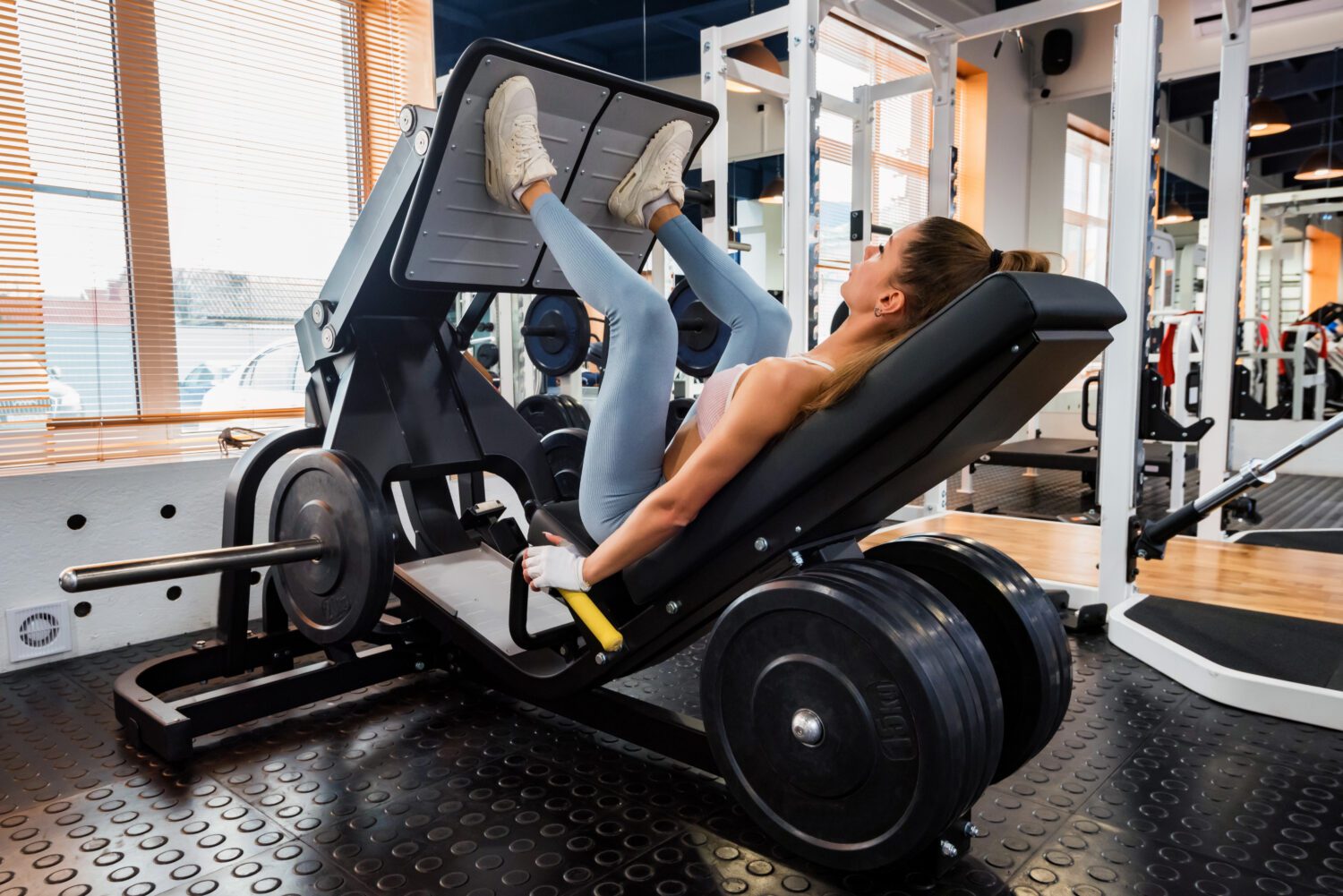

Due to our everyday activities, the calves are overworked, with an already low level of androgen receptors. Therefore, we must work them above and beyond this level of exertion in order to promote hypertrophy effectively. They deserve a workout of their own, although they are often incorporated after upper body training. If this is the only choice available in your routine, I would suggest training them first to ensure that energy and circulation is maintained, as research has shown that, somewhat bizarrely, elbow flexion can decrease blood flow to the calves and affect performance and hypertrophy (Kagaya, et al., 1996).
Variation, time under tension and repetition range is also key, as are the amount of sessions incorporated into your training split. The elasticity of the Achilles tendon produces energy that can easily be used during movement, which then produces less tension, requiring less effort from the calf muscles. So avoid bouncing or jerking, and remember control is key! Even though partial repetitions are not superior to full range movements, adding them in to the end of a set or workout will really shock these muscles into total fatigue. Incorporating 2 sessions per week for the soleus and 2 sessions per week for the gastrocnemius, with 48 hours rest in between before repeating, will give your calves the boost they need to grow. Yes that means a grueling 2-4 sessions per week!
Body type plays a role, as ectomorphs usually have a hard time building their calves due to the fact they usually have a lower quantity of muscle cells, whereas, endomorphs and mesomorphs usually have a much easier time building good calves.
It also seems that Asians have naturally long, full calves, and Caucasians may have either long or short muscles, both with low to mid insertion points. Those from West African or Caribbean heritage generally have shorter, higher calves, with greater ratios of tendon to muscle, high insertion points and dominant fast twitch fibres (Kane, 1971). This makes them more prone to generating power stored from elastic energy, which then inhibits their ability to increase size. To help combat this each repetition of a calf exercise should include a 2-3 second pause to allow the elastic recoil to dissipate. Take these factors into consideration to use your strengths and adapt for your genetic weaknesses.
It’s important to understand that the soleus and gastrocnemius muscles function to stabilise, maintain posture and flex the knee. Both muscles plantarflex the foot, the gastrocnemius when the knee is extended and the soleus when the knee is flexed. Therefore, if you want to work the soleus the knees should be bent, as when doing seated calf raises. If you’re trying to work the gastrocnemius the knees should be extended, as when doing standing calf raises.
These varying functions and biomechanical requirements should lead us to check the genetic make-up of these muscles, to analyse and understand what will stimulate effective growth in these resilient muscles.
The gastrocnemius muscles contain a split of muscle fibre types, with fast twitch muscle fibres (type II) being slightly dominant (Green et al 1981). Characteristically this type has lower endurance levels, and are therefore suited to more explosive contractions, and lower repetitions with a tempo of 4021 (four second eccentric phase, one second up, two second contraction at the top in the shortened position), using a load to allow an 8-12 repetition range.
Hennemans size principle states that the smallest slow twitch fibres and motor units will be recruited before the larger fast twitch fibres. The rest-pause technique is a popular method that helps follow this size principle and recruit 100% of the muscle fibres during each set.
Due to the high content of type II muscle fibres, plyometric exercises are also effective in increasing fibre recruitment. The explosive power generated from plyometric exercises not only increase strength but also muscle elasticity, as the muscle is bound by a very tight fascia which ultimately limits muscular growth. Stretching between each set will help target this and aid hypertrophy. A study conducted at the University of Tampa, found that intraset stretching (Intermittent Stretch Overload) doubled increases in hypertrophy over the period of study.

The soleus is made up of approximately 80% slow-twitch fibres (Gollnick et al., 1974), and makes up more than half of the entire calf. Due to the higher endurance levels, the muscles respond to the higher repetition range, with more time under tension.
Once again, emphasising the passive stretch during the eccentric phase will help stretch the muscle fascia, leading to increased growth.
Tying these needs together, and factoring in various credible research studies, I can recommend the following workout. This incorporates the rest-pause technique and intermittent stretch overload for one exercise. To keep variation in your weekly workout rotate the exercise used for this technique.
Standing Calf Raise – 8-12 repetitions, heavy load.
Tip: Performing the exercises with the feet closer together and the toes facing lightly out will particularly benefit the gastrocnemius muscle. During the rise concentrate on the heels to rotate them inwards, applying the pressure to the balls of the feet. Return them back to the starting position as you lower.
Heel Dip – 3 repetitions per 1 set, complete 4 sets.
Staying weighted on the machine, drop the heels off the machine and hold in the stretch for 10 seconds.
45° leg press – 8-12 repetitions per set, heavy load, complete 4 sets.
Tip: Superset with plyometric jumps or single leg hops until fatigue to pump the muscle up with blood.
Toe raises for the anterior tibialis: 8-12 repetitions per set, complete 4 sets.
Tip: elevate the heels on a weight plate with a dumbbell across the foot and raise the toes).

Warm up: Body weight calf raises.
Quick tempo: 1 second up, 1 sec down, 100 repetitions.
Seated calf raises, 15-30 repetitions per set, complete 3-4 sets
Squatting calf raises (plié) with the feet shoulder width apart or wider, 15-30 repetitions
Single leg fascial calf stretching, hold for 15 seconds on each leg (low position of one-leg calf raise)
Tip: just like a ballerina, walk around on the balls of the feet between sets and exercises for 30 seconds.
Bent leg toe raises, 15-30 repetitions, followed by as many pulses as possible to complete the 50-100 repetition range.
Bent knee calf raises (slight bend), 15-30 repetitions. Slight fixed inward rotation of the toes and twist the heels out on the rise, applying the pressure to the balls of the feet. Return them back to the starting position as you lower.
Stretch Staying weighted on the machine, drop the heels off the machine and hold in the stretch for 10 seconds.
Repeat 3-4 sets of toe raises, calf raises and stretch
Entine, J, (2001). Taboo. Journal of the philosophy of Sport, pg 120-123.
Kane, Martin. (1971, Jan. 18). An assessment of black is best. Sports Illustrated, 72- 83.
McDonald, L. Body Recomposition, Training the Calves
Silva, J.E., Rauch, J., Lowery, R.P, Wilson, J.M. (2014) Weighted Post-Set Stretching Increases Skeletal Muscle Hypertrophy. National Strength and Conditioning Conference, Nevada.